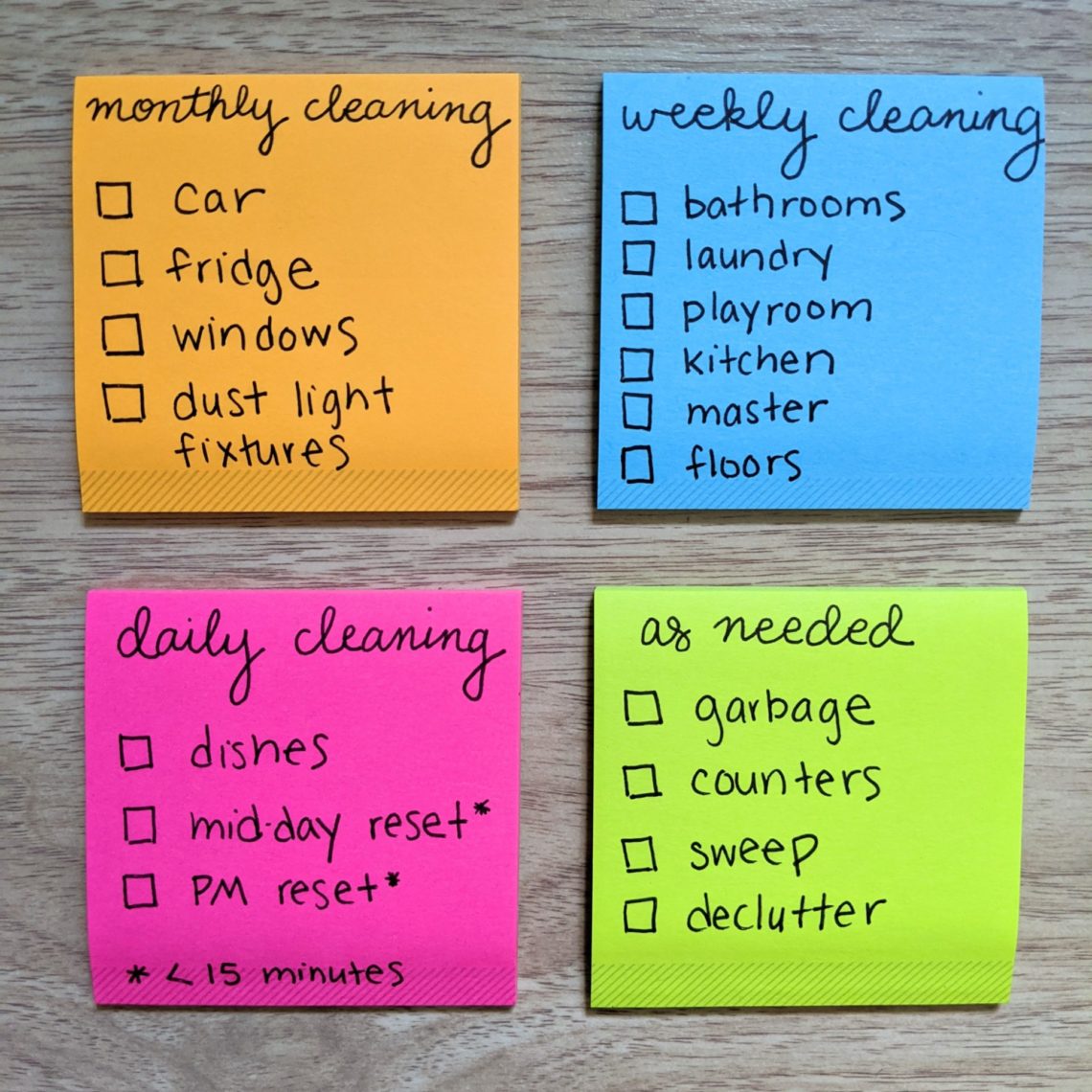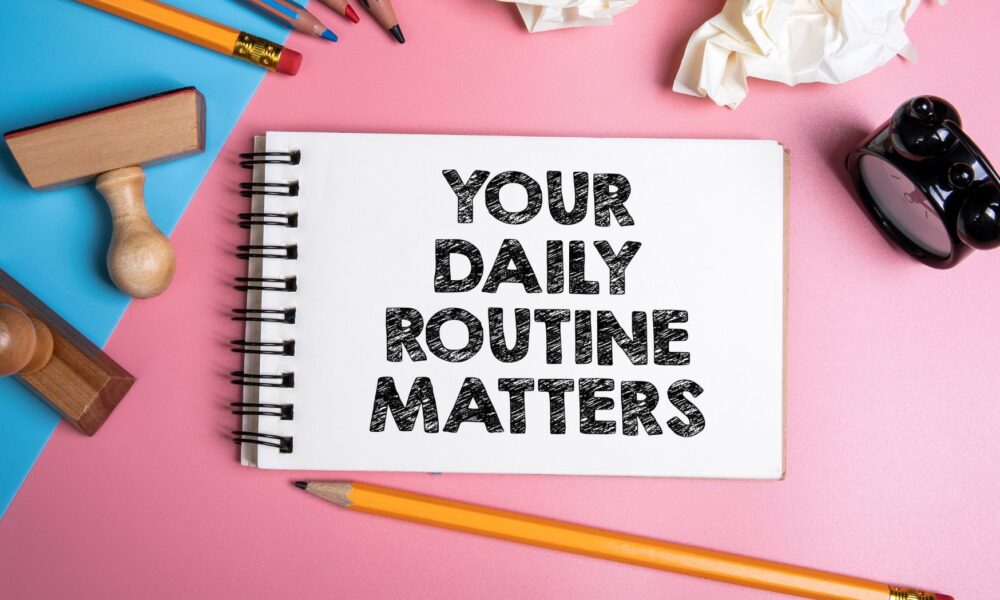Last Updated on May 22, 2025 by Kavya K
Why Routines Matter, Even for Those Who Dislike Them
For many people, the idea of following a routine feels restrictive, monotonous, or downright frustrating. The thought of sticking to a rigid schedule can seem stifling, especially if you value flexibility and spontaneity in your daily life. However, the reality is that routines are essential for productivity, well-being, and achieving long-term goals. The key is not to force yourself into a structured routine that feels suffocating but to create one that fits your natural rhythm, promotes your goals, and helps you accomplish tasks without feeling overwhelmed. The trick lies in finding routine hacks that allow you to stay productive while maintaining your sense of freedom and flexibility.
Embrace Micro-Routines to Build Momentum
One of the easiest ways to incorporate a routine into your life without feeling overwhelmed is to start with micro-routines. Instead of attempting a complex, hour-long morning or evening ritual, break down your tasks into small, manageable segments. For example, instead of committing to a 30-minute workout, start with a quick 5-10 minute exercise session. These small chunks of routine can be gradually extended as you begin to see the benefits. The key here is to make your routines so simple and manageable that they feel effortless, and soon, they’ll become second nature.
Use Habit Stacking to Integrate Routines into Your Life
Habit stacking is a powerful technique for people who dislike routines because it allows you to build a habit by pairing it with something you already do automatically. The idea is simple: you identify a habit you already perform regularly and then \”stack\” a new behavior on top of it. For example, if you’re already in the habit of making your morning coffee, you could stack a simple task, such as stretching for 2 minutes or drinking a glass of water, right after brewing your coffee. By pairing a new behavior with something automatic, you lower the barrier to starting a new routine and ensure consistency. Over time, these stacked habits create a natural flow without feeling like you\’re enforcing a strict schedule.
Keep Routines Flexible and Adjustable
One of the biggest turn-offs for people who dislike routines is the perception of rigidity. However, routines don’t have to be set in stone. It’s important to design routines that are flexible and adaptable to different circumstances. For example, instead of scheduling a fixed time for exercise, decide that you will work out \”sometime during the day,\” giving yourself the flexibility to choose the most convenient time. Similarly, if you can’t complete an entire routine, it’s okay to shorten it or modify it. The point is not to stick to a strict schedule but to integrate helpful behaviors into your day in a way that feels comfortable and achievable.
Make Routines Enjoyable by Adding Personal Touches
For those who find routines monotonous, adding personal touches to your daily rituals can make them more enjoyable. Personalization is key. Instead of forcing yourself to follow a generic routine, tweak it to suit your personality and preferences. For example, if you hate the idea of traditional meditation, try a nature walk or journaling instead. If you dislike eating the same thing every day for breakfast, rotate different healthy options like smoothies, oats, or avocado toast. The goal is to make the activities you include in your routine feel like choices you enjoy rather than obligations you have to fulfill.
Set Non-Negotiable, Low-Effort Goals
Instead of focusing on lofty or unrealistic goals, set small, non-negotiable goals that are easy to integrate into your day. These should be tasks that require little effort but are effective in helping you build a routine without feeling overwhelmed. For instance, committing to a 5-minute clean-up each evening or drinking a glass of water before bed is a simple goal that helps create a routine without requiring significant time or effort. These small but consistent actions build up over time, making it easier to establish habits without feeling like you\’re locked into an arduous routine.
Use Timers and Reminders to Stay on Track
When you hate routines, remembering to follow through can be one of the biggest challenges. This is where timers and reminders come in. Setting timers or using a digital assistant like Siri or Google Assistant to remind you of important tasks is a simple way to stay on track without having to constantly think about your routine. You can use timers to remind you when to start or stop tasks, such as taking a break during work or transitioning between activities. The goal is to create a system that nudges you toward your routines without forcing you into rigid time constraints.
Find an Accountability Partner
Sometimes, having someone to check in with can make sticking to a routine much easier. If you\’re the type of person who struggles with routines because you\’re more independent or enjoy a sense of freedom, consider finding an accountability partner. This could be a friend, family member, or colleague who shares a similar goal or interest. By checking in with each other, whether it’s sharing progress or setting shared goals, you can create a sense of mutual support and accountability that makes routines more enjoyable. Having someone to share the journey with can also help make routines feel less like chores and more like collaborative efforts.
Focus on the Benefits, Not the Task Itself
To make routines less daunting, focus on the end results and benefits they provide rather than the individual tasks. For instance, instead of thinking about how tedious it might be to exercise or plan meals, shift your focus to how great you’ll feel afterward: more energized, healthier, and accomplished. When you keep the bigger picture in mind, you’re less likely to be bogged down by the minutiae of each task. The satisfaction of accomplishing something worthwhile can be a powerful motivator to stick with your routines, even if you don’t always feel like doing them.
Break Routines Into Segments for Flexibility
For many people, the idea of committing to a full routine for an extended period can feel overwhelming. Instead of setting long stretches of time for each activity, break your routine into smaller segments. For example, rather than blocking off an hour for exercise, split it into two 30-minute sessions or even several 10-minute bursts throughout the day. These short bursts of activity can feel much more manageable than a single long workout session. This segmented approach ensures that you stay on track while avoiding the feeling of being overwhelmed by a long, uninterrupted routine.
Practice Self-Compassion and Be Kind to Yourself
Building and maintaining routines can be challenging, especially for those who naturally resist structure. One of the most important things to remember is to practice self-compassion. If you miss a day or fail to stick to your routine, don’t be too hard on yourself. Routines are a process, and it’s okay to slip up. The key is to get back on track without judgment or guilt. Being kind to yourself and recognizing that it’s normal to have ups and downs will help you build consistency over time.
Conclusion: Find What Works for You
Creating a routine doesn’t have to mean rigidly adhering to a set schedule. It’s about finding what works best for you, tweaking it to fit your personality, and making it a tool that serves your needs rather than restricts them. By embracing flexibility, personalization, and small, achievable goals, you can establish habits that support your well-being and productivity without the frustration of a strict, one-size-fits-all approach. Remember, the ultimate goal of any routine is to make your life easier, not more stressful. With these routine hacks, you can build a daily structure that feels effortless, enjoyable, and uniquely tailored to your preferences.










